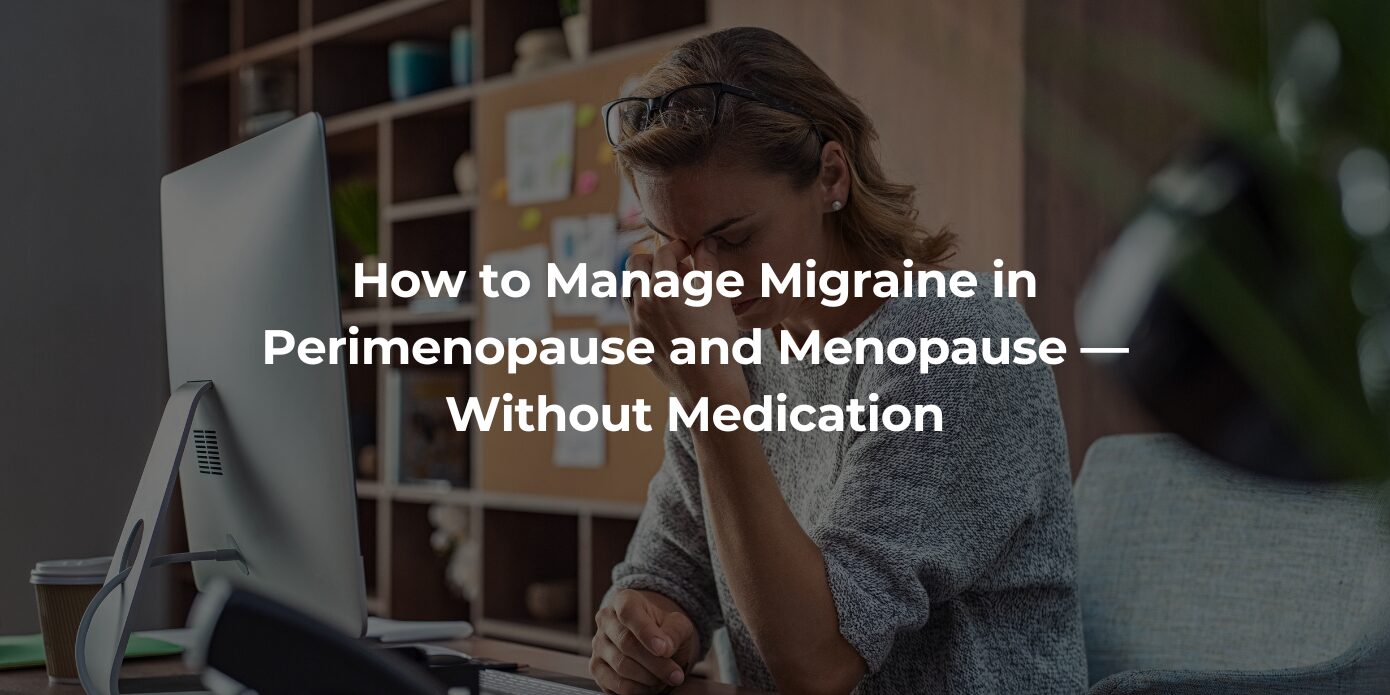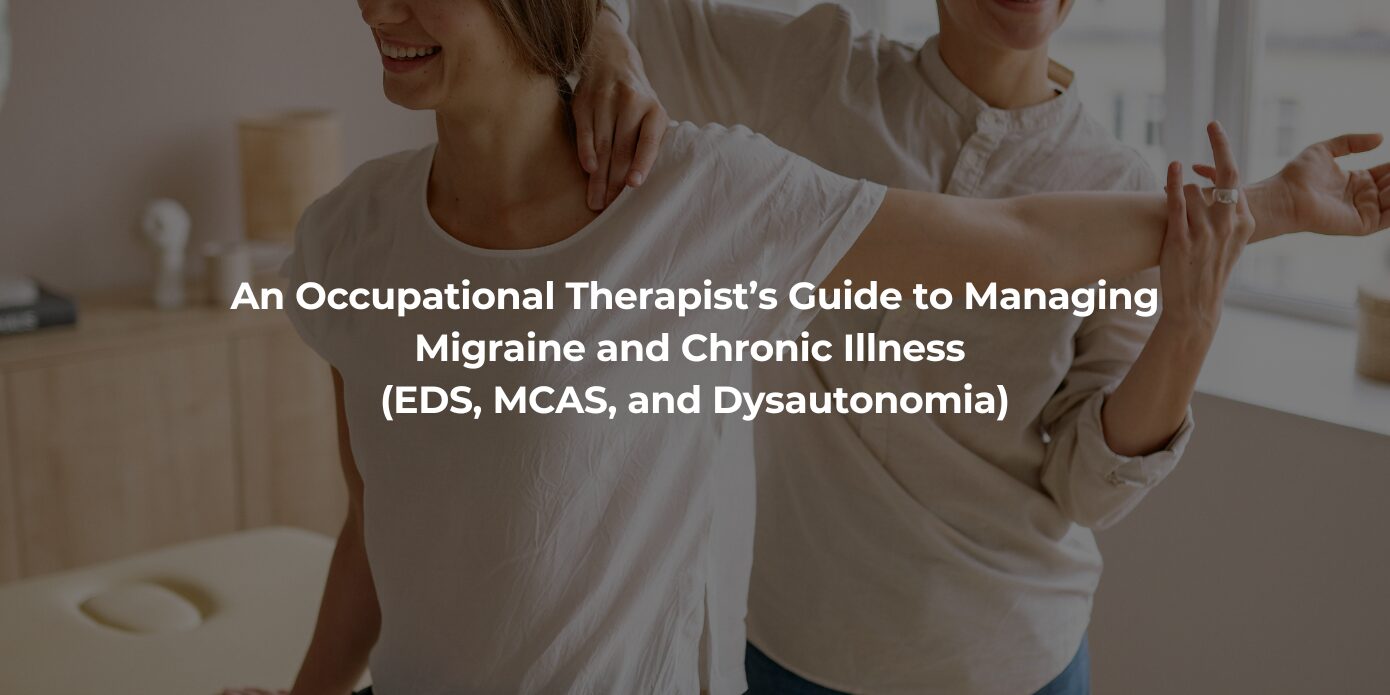There are many complementary and alternative migraine treatments for preventing and relieving migraine pain. These alternative methods can also be used separately, in combination, instead of medication, with a medical device, with medication or however best serves you. The key is to find what works for you.
Everyone’s experiences with migraine attacks are unique. From triggers to symptoms to ways of finding relief. Understanding the range of strategies that have worked for others can empower you to explore and find what helps you. Building your knowledge and toolkit is a personal process focused on being able to make yourself feel better during an attack. Whether it’s essential oils, green light therapy or something else, the more you learn and experiment, the more likely you are to discover treatments that can ease your migraine.
Alternative migraine treatment options
For many people who live with migraine, stress is a common trigger for attacks. Many alternative migraine treatments function to reduce stress and promote mindfulness. At the same time, other strategies focus on supporting the body in various ways or learning to avoid triggers. Here are some of the ways you may be able to prevent or alleviate migraine attacks.
A migraine-friendly diet
Even general dietary advice, like eating less fast food and drinking more water, can help with migraine. For those who want to make further changes, some specific diets that are considered the best diets for migraine, such as the Heal Your Headache (HYH), gluten-free or ketogenic diet.
In many cases, people who live with migraine find that specific foods or beverages trigger attacks, so avoiding them can be an effective preventive treatment. Some foods are more likely to be triggers than others. For example, here are the five C’s of migraine, common triggers for migraine attacks:
- Cheeses
- Chocolate
- Coffee
- Cola beverages
- Citrus fruit
One of the ways you may be able to discover your triggers is to use a migraine tracking app to document details, including the food you’ve eaten, when you have an attack.
Supplements and herbs
While there is currently no cure for migraine, there are ways you can support your body that may reduce the frequency and severity of attacks. When it comes to alternative medicine for migraine, supplements and herbs may help reduce frequency, duration and severity. It’s best to consult a healthcare professional before taking new supplements or herbs so they can make recommendations based on your symptoms, nutrient levels and any medications you’re taking.
Some of the best supplements for migraine include:
- Magnesium
- Vitamin B2
- Coenzyme Q10
- Melatonin
- Omega-3
- Vitamin D
- Ginger
- Feverfew
- Butterbur
Biofeedback
Biofeedback is a type of therapy that can help you learn to manage your physical reaction to stress. During a biofeedback session, a specialist connects you to a monitor that measures your body’s involuntary physiological responses, including blood pressure, heart rate, muscle tension and brain activity. You’ll then learn relaxation strategies and receive feedback, teaching you how to regulate through conscious effort. Because stress is a common migraine trigger, being able to calm your body’s functions can reduce stress and thus prevent or alleviate a migraine attack.
Yoga, breathwork, mindfulness and meditation
Mindfulness practices and meditation can help with migraine in multiple ways, such as improving sleep, helping with anxiety and depression, calming the body’s stress response and strengthening one’s ability to manage chronic pain. In a similar way, practicing yoga and breathing exercises for migraine can address muscle tension, reduce stress and activate the parasympathetic nervous system.
Aromatherapy
Essential oils are an important part of the toolkits of many people who live with migraine. Try using these essential oils for migraine relief:
- Peppermint
- Lavender
- Rosemary
- Chamomile
- Eucalyptus
- Sage
Here are some ways to use essential oils for possible migraine relief:
- Add lavender oil to a diffuser for a calming scent
- Combine chamomile oil with a carrier oil and massage it into your skin
- Rub diluted peppermint oil on your forehead and temples
Green light therapy
Green light therapy is administered by devices such as lamps or glasses. Although research is limited, some people find that green light therapy can reduce migraine pain during an attack. This effect may be because green light is less painful than other colors or because it increases pain-relieving chemicals in the brain.
Acupuncture
Acupuncture, a traditional Chinese medicine technique, involves inserting very thin needles into specific points on the body. For some individuals, this migraine treatment alternative can reduce pain from migraine attacks.
Introducing CEFALY as a tool for your migraine toolkit
You can use a combination of approaches to support yourself through a migraine attack. This includes building a migraine toolkit — a collection of items that can help soothe migraine pain, address individual symptoms and make you feel better during an attack. If you want to expand your kit with an effective, drug-free, fast-acting treatment for migraine, consider CEFALY.
CEFALY is a clinically proven, FDA-cleared, drug-free migraine treatment. This simple and effective medical device helps reduce symptoms of acute migraine attacks and can help prevent future episodes. Worn on the forehead, CEFALY targets the trigeminal nerve, the primary pathway for migraine pain. The device has two modes:
- Use ACUTE treatment mode to ease pain at the first sign of a migraine attack.
- Use the PREVENT treatment mode daily to lessen migraine frequency.
While there are different types of medical devices you could add to your toolkit, CEFALY is available without a prescription, offering convenient and unlimited sessions.
Exploring an integrative approach to migraine management
Integrative treatment for migraine, a combination of treatments, lifestyle changes and natural migraine remedies, is often the best way to feel better. An integrative approach to migraine treatment takes a holistic view that includes mind, body, spirit and community.
Integrative medicine neither rejects conventional medicine nor uncritically accepts alternative therapies. Instead, this approach relies on science and evidence, prioritizing preventive measures and overall health and well-being. It’s a healing-focused approach that considers the whole person.
Talking to your healthcare provider about alternative migraine treatments
Many doctors hesitate to recommend complementary or alternative medicine for migraine because these approaches haven’t always been scientifically proven to work. In contrast, prescription medications are extensively researched and tested before they’re brought to market. The same is true of CEFALY. Many high-quality clinical studies have proven that CEFALY can significantly reduce the number of migraine days and relieve migraine pain.
As Deena Kuruvilla noted at the 2021 Migraine World Summit, providers are becoming more open about discussing integrative medicine with patients. If you’re considering trying an integrative approach to treating migraine, do your research, talk to other members of the migraine community and track your treatments and symptoms in the free CeCe Migraine Management app, so you can see what’s working.
Try CEFALY for drug-free migraine relief
Living well with migraine means finding the right combination of treatments that work for you. CEFALY is designed to integrate seamlessly into your toolkit, offering both pain relief and a reduction in attack frequency, so you can get back to living your life.
If you’re seeking a drug-free treatment with minimal side effects to enhance your existing migraine plan, try CEFALY today. The device is backed by science and real-life users, and we offer a 90-day money-back guarantee.
















